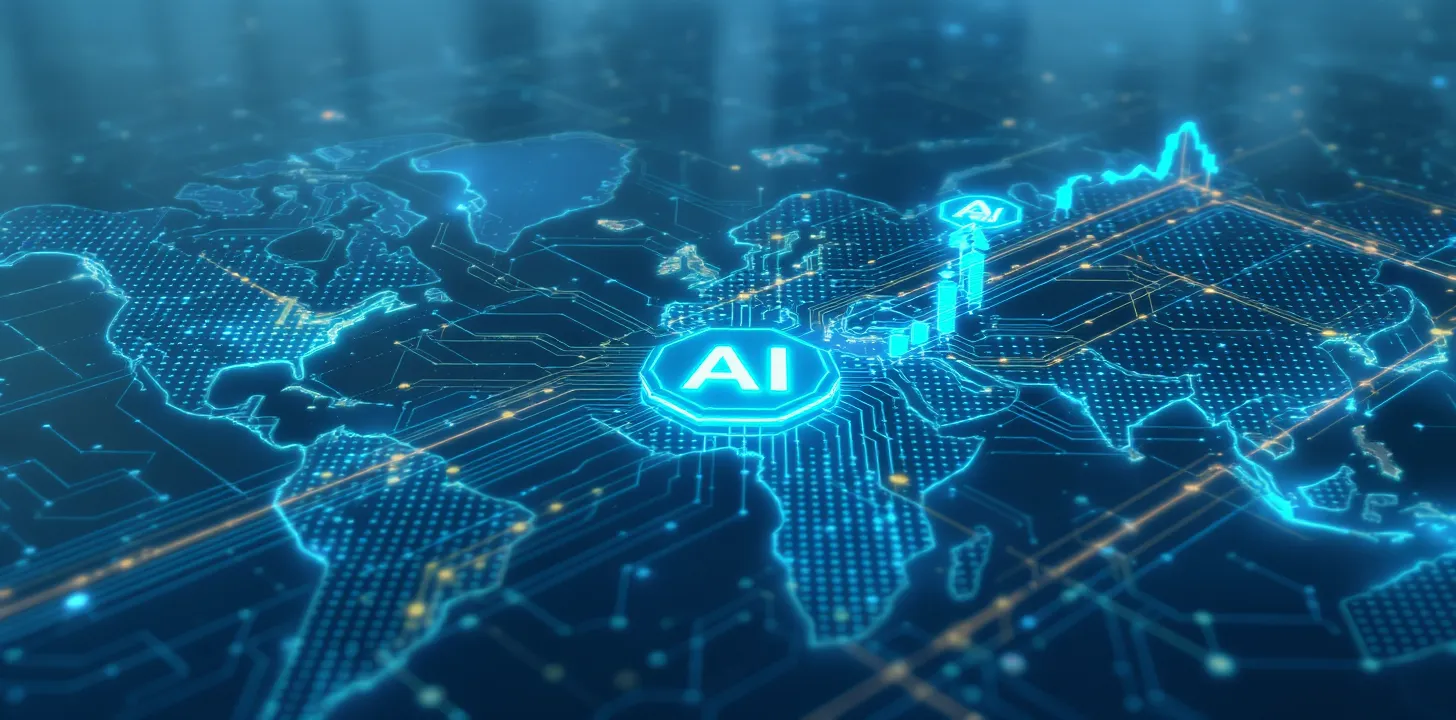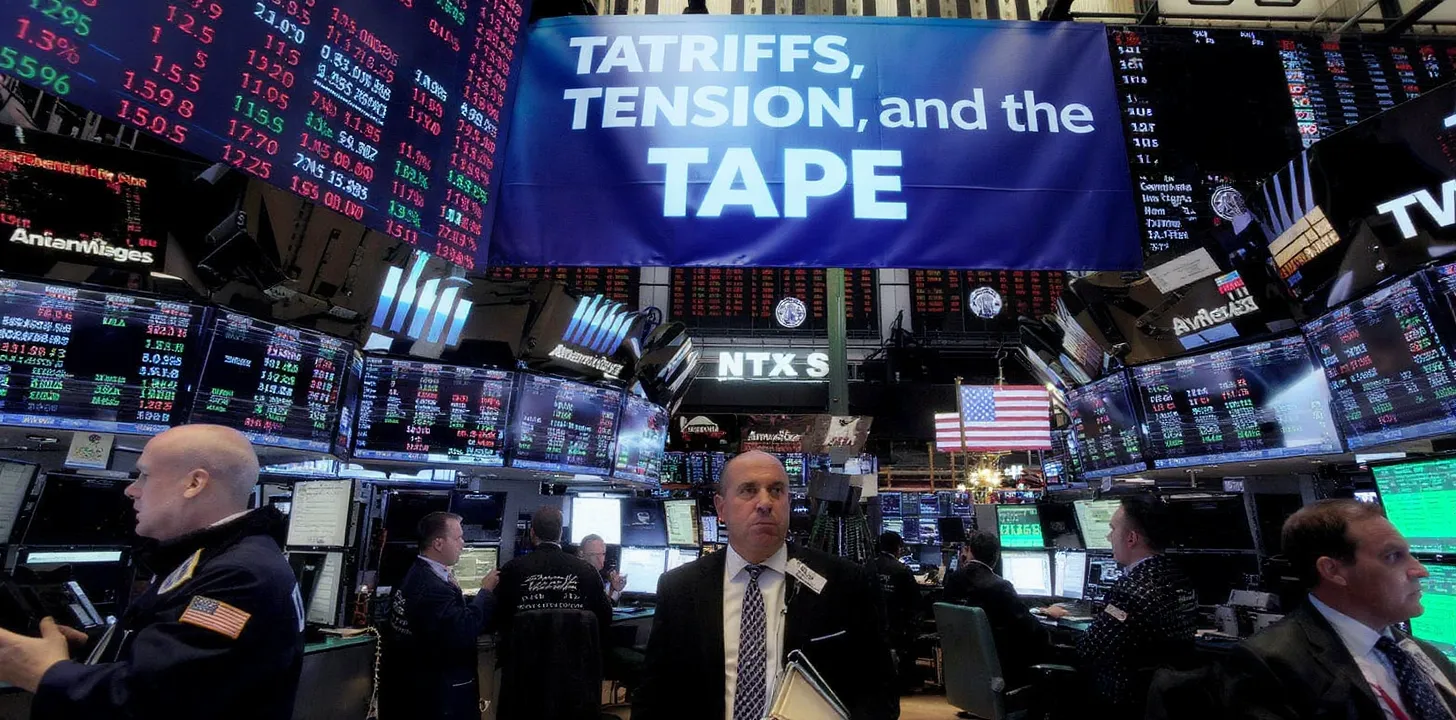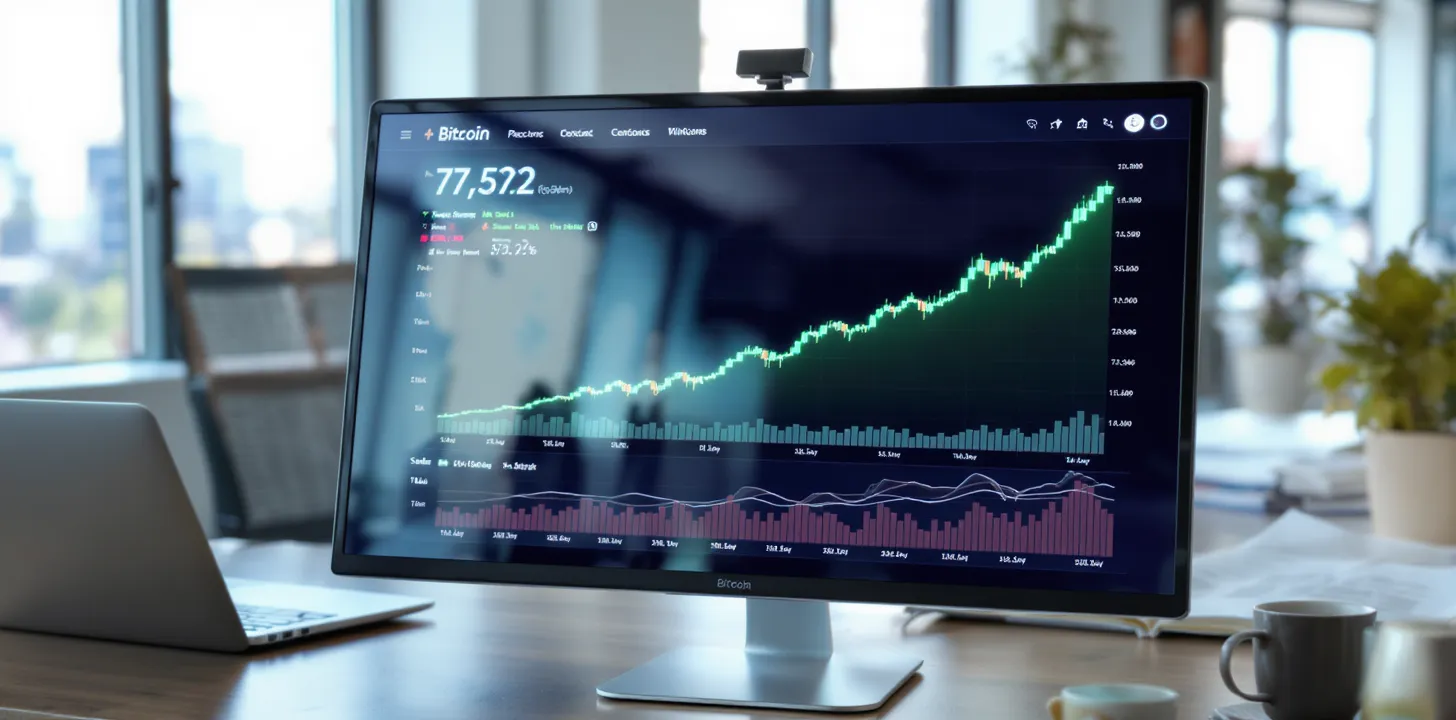Introduction: Why This Sector May Outperform Soon
We are entering a phase where artificial intelligence (AI) is not just a niche or hype storyline, but a driver of structural change. Key inputs:
- Rising demand for AI compute: data centers, cloud infrastructure.
- Power & energy constraints becoming bottlenecks.
- Analysts anticipating mild easing in macro constraints (interest rates, inflation) in many markets.
- Corporate investment in technologies and AI accelerating even under policy uncertainty. So the theme: companies enabling AI (compute, hardware, energy, storage) plus big tech players scaling AI in their core business are likely to see outsized growth in the near-term (next 6-18 months).
Stocks to Watch
Below are a few names that look especially interesting, along with reasons and risks.
1. NVidia (NVDA)
Why Watch It
- NVDA is already the poster child of AI hardware. Its GPUs are critical in training large models. Any acceleration in AI requires more GPU power.
- Recently, its announcements (investments, partnerships in AI infrastructure) trigger positive market attention. Market sentiment is bullish.
- As macro conditions improve, companies under pressure from high interest rates may increase capital spending on AI and cloud infrastructure — NVDA stands to benefit.
What Could Go Wrong
- Valuation is steep. Even minor disappointments in margin, regulatory constraints (export controls etc.), or supply-chain disruptions can trigger sharp corrections.
- Dependence on external demand (hyperscalers, cloud providers). If their capex slows, NVDA gets exposed.
- Competition from other hardware vendors, or shifts in architecture (e.g. more efficient chips, AI on edge) could reduce demand for large server-class GPUs.
2. Applied Materials (AMAT) & Lam Research (LRCX)
Why Watch Them
- These are frontrunners in semiconductor manufacturing equipment (SME). With rising demand for memory, chip fabs, AI computation, there is rising demand in their tools. Barron’s
- Morgan Stanley recently upgraded both based on expected uptick in capital expenditures in 2026-2027. Barron’s
- They provide leverage: not directly building AI models, but supplying the machinery that enables scale.
Risks
- SME is very cyclical. A drop in orders or delays in fab builds could hurt revenue sharply.
- Supply chain costs: inflation of raw materials, tariffs, trade restrictions.
- Technology risk: newer process nodes, novel materials could challenge incumbents.
3. Bloom Energy (BE)
Why Watch It
- Bloom is positioned at the intersection of energy supply and AI-driven demand. Its solid oxide fuel cell systems are being used for on-site power generation, including for data centers.
- Its deals (for example with Oracle) give it both credibility and potential scale. The power reliability and “clean / low carbon” angle are increasingly valued.
- A huge run-up year-to-date implies strong momentum.
Risks
- Execution risk: even if contracts are won, deploying large scale energy projects involves permitting, construction, regulatory risk.
- Unit economics: fuel cells are not cheap; margins, costs of maintenance, scale, are big factors.
- Regulatory & subsidy environment: changes in energy policy, incentives, or regulations can help or hinder.
4. Oklo (OKLO)
Why Watch It
- Oklo is a small modular nuclear reactor (SMR) company. Nuclear energy is getting renewed interest because of baseload clean power needs (for AI infrastructure, grid stability). Nasdaq+1
- It is early stage; revenue is expected in future (circa 2027), but current investor interest is extremely high. Investors+1
Risks
- Regulatory/infrastructure risk is very large for nuclear. Licensing, safety, public perception, waste management.
- No revenue now: valuation is based on expectations rather than current cashflow. If delays, cost overruns, or policy headwinds occur, downside is steep.
- Balance between investor optimism vs. actual deployment (scale, timeline) is always tricky for nuclear or similarly capital-intensive infra bets.
5. CoreWeave (CRWV)
Why Watch It
- CRWV is in the cloud/AI infrastructure / GPU supply chain side. Analysts upgraded its outlook recently based on hyperscaler demand and supply constraints.
- It has potential for high upside due to its positioning: backing from big customers, strong demand for AI infrastructure.
- Less “brand / platform risk” vs some big tech names. Its value is more direct in providing capacity.
Risks
- Competition is fierce. Other infrastructure providers (cloud, co-location) will also try to scale.
- Capital intensity is high. Margin risk, utilization risk are real. Under-utilization or cost of power etc., could eat into profits.
- Dependency on external agreements, which can be renegotiated or delayed.
Macro / Market Factors to Monitor
These stocks don’t exist in a vacuum. To make good decisions, you’ll want to keep eyes on:
- Interest rates: If rates stay high, discount rates for future profits go up, hurting growth names more. If Fed / central banks cut or signal cuts, that tends to favor tech/growth.
- Power & energy costs: for AI infrastructure, reliable clean power is essential. Electricity cost, grid capacity, regulatory safety, and carbon/pollution laws matter.
- Supply chain and material inputs: semiconductors, rare earths, critical minerals. Tariffs & trade policy matter.
- Policy / regulation: both for AI (privacy, export controls) and energy (nuclear, renewables) subsidies.
- Earnings growth vs valuation: many of the names are priced high. Stability of earnings (margins, predictable contracts) will separate winners.
Conclusion: What to Do With These Ideas
- Diversification is key: you might overweight one or two of the names or sectors, but spreading bets across compute + energy + infrastructure reduces singular risks.
- Position sizing: in speculative names (Oklo, CoreWeave), keep exposure modest until milestones are achieved.
- Entry points matter: waiting for pullbacks or strong technical setups can reduce downside risk.
- Time horizons: many of these will take 12-24+ months to realize full potential — short-term price action might be volatile.



